I am not an Expert in Typing, so i use google voice for typing..sometimes..So if you find any mistakes, grammatical. Please ignore it and Focus on assense of this blog.
this might be the big blog because i pour everything what i learn about anahata from vedas:It seems boring is starting but I will intresting after some 1-2 minute of reading thanks.
anāhata Nāda = unlimited, infinite sound
The fourth chakra. Expresses as love, for either the divine or the material world.
Function of the Chakra:
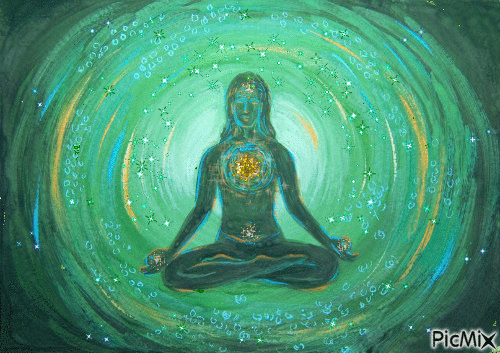
Commonly called the heart center, the anahata chakra is located in the dorsal region of the spine near the physical heart in the center of the chest. The chakra is also known as the dorsal center. The nerves of the anahata chakra radiate out to the heart, lungs, and chest, and into the arms and hands. The anahata chakra is one of the seven chakras that store and distribute energy; the chakras also serve as the repositories of psychological or mental tendencies, habits, and desires, which descend from the subconscious mind.
The energy that emanates from the anahata chakra is freeing and expansive. When one’s energy is going downward toward lower consiousness, the chakra is expressed as connections to particularized matter in the form of likes and dislikes; it may lead one toward further involvement in the world of delusion. When the energy is moving in a positive direction, the heart chakra can express itself as the unconditional love, which leads one toward spiritual liberation. 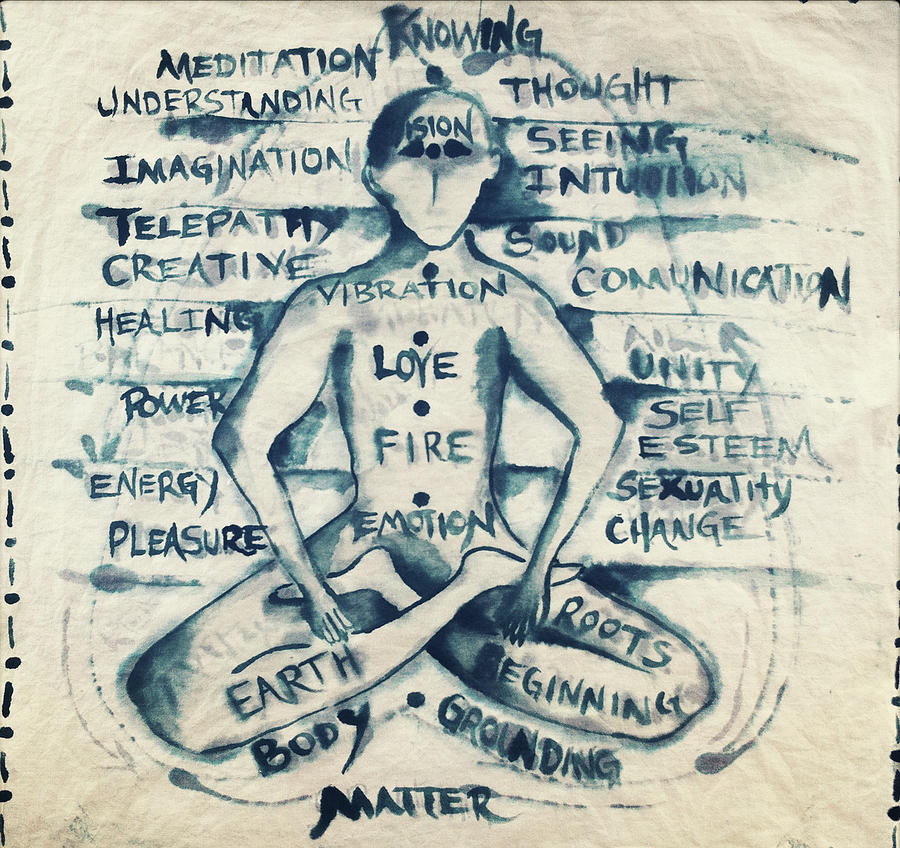
The Anāhata Chakra is one of the most beautiful and richest Chakras, and invites us to dwell longer in its inexhaustible treasures of delightful feelings and experiences. It is located in the region of the heart, in the center of the chest, and this is why it is also known as the Heart Centre. And it is not without reason that the heart is regarded as the symbol of love, for the Anāhata Chakra is the seat of love.

Just as love is infinite, so also is the Anāhata Chakra. And the extent of the radiance of the Anāhata Chakra depends upon the depths of our relationships. When our hearts open to divine love, our love becomes infinite. We find numerous sayings in general use about the boundless nature of the Anāhata Chakra: “To have a big heart”, “a heart as deep as the ocean” and “to have a place in the heart for everyone”.
Saying “I love you and always think about you” with the intellect only are merely empty words. To really send loving feelings to someone we must open the Heart Chakra and allow love and light to radiate from our inner Self.
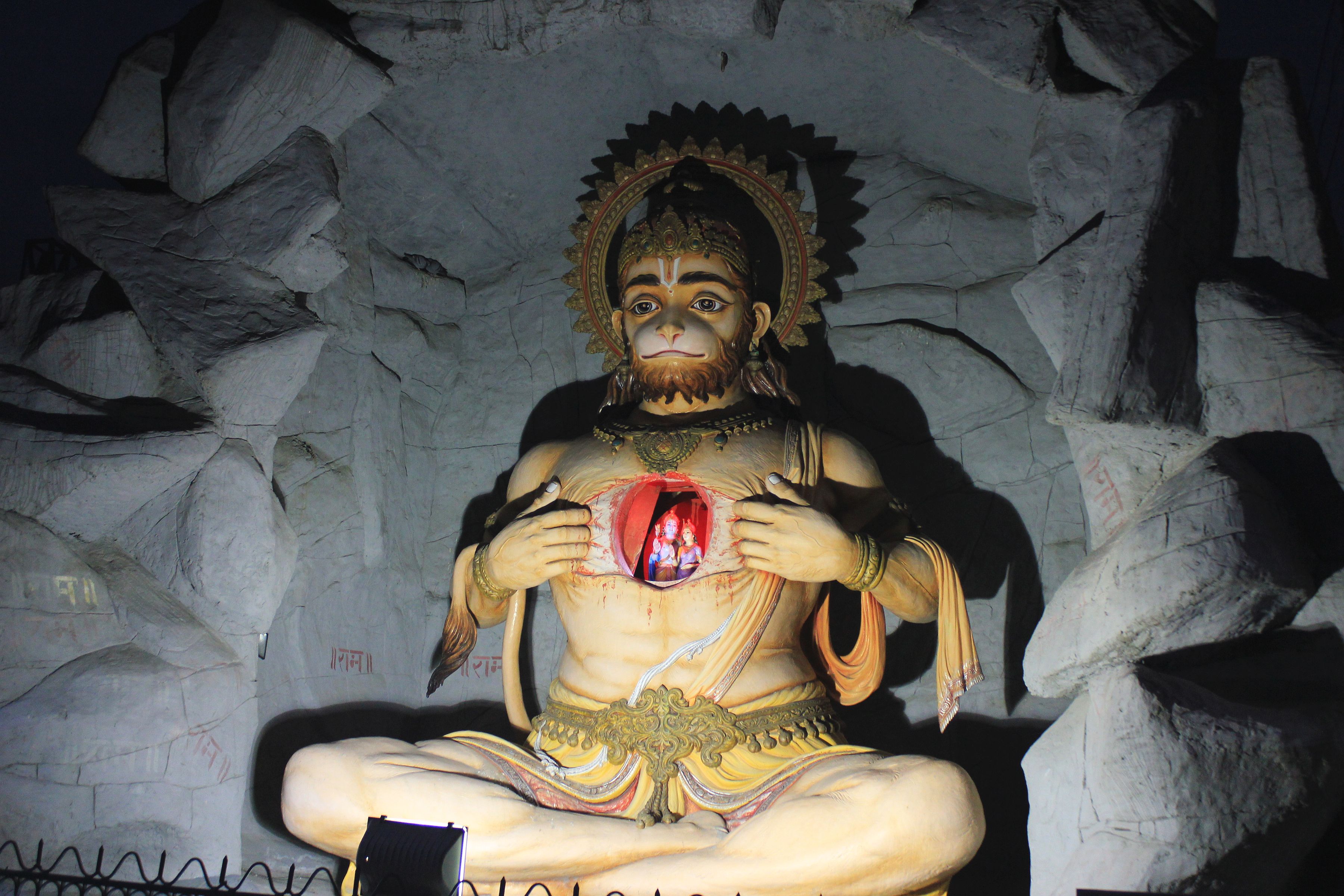
The following event is described in the Rāmāyana :
Hanuman, the great devotee of Lord Rāma, often told people that Lord Rāma and his beloved wife, Sītā, sat enthroned in his heart. When someone made some sceptical and derisive comments about this he was hurt by these doubts and exclaimed: “I can prove that I am speaking the truth!” And with that he seized his chest with both hands and pulled it open – and there, within his heart, the living images of Rāma and Sītā were truly to be seen.
The Anāhata Chakra is our inner temple in which the divine Ātmā, “the flame of life”, resides. Self-realization, also known as God-Realisation, involves the recognition of our own Self, the Ātmā. To show that something belongs to us or concerns us we spontaneously point to the centre of the chest, the site of the Anāhata Chakra. No one points to the head, the stomach or any other part of the body. This shows clearly that we spontaneously identify ourselves with the Ātmā within the heart center.
In the Chandogya Upanishad it is written:
“In the centre of the body there is a little shrine surrounded by a wall with eleven doors. Hidden within the shrine a Lotus blossoms, and within this there is a tiny, little room.”
What does this tiny room in the heart of the Lotus mean? It is the Ātmā, our true Self. The Ātmā is a part of God. It is pure, unchanging, Infinite Consciousness. It is Eternal, Unborn and Immortal, and exists in every living being. Just as the whole tree is already contained and present within a seed, the essence of the entire cosmos exists in the centre of the Heart Chakra. Admittedly, we are unable to see it – even if the heart is dissected and examined under a microscope we are unable to track down this “tiny room within the Lotus of the heart”.
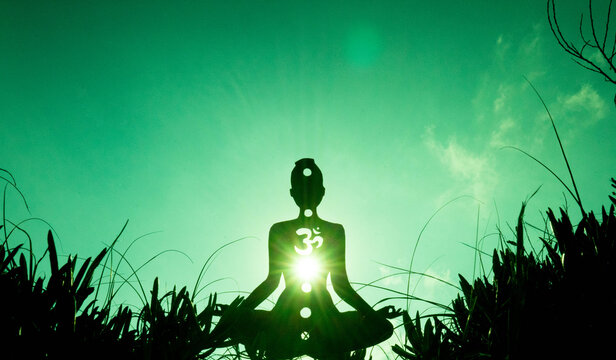
The Jīvātmā lives joyfully in the liberated feeling of divine love and heavenly bliss when it has found its way to its true Self in the Anāhata Chakra. Bhakti Yogis, especially, who follow the path of devotion to God, linger here for a very long time. In the infinite space of the heart they are constantly discovering something new, fascinating and attractive. But the Heart Chakra is not the final goal. That is why it is necessary to continue along the path towards knowledge of God and God-Realisation in accordance with the teachings of Gyāna Yoga.
During a journey by rail we travel through different landscapes. We enjoy the scenes of lovely villages, woods, meadows, mountains and lakes – but we let them pass us by without stopping because we want to reach our goal. And in exactly the same way we should continue our journey through the Chakras and regard the Anāhata Chakra as one station only out of many along the way, without allowing the delightful feelings, visions and fantasies that we meet here to stop us.
Anāhata means “infinite” and “continuous”. In the Anāhata Chakra we hear Anāhata Nāda, the constant, fundamental sound of the Universe, the eternal vibration of the Self. Its sound is SO HAM – “That I am, I am That”. We perceive it as a subtle rhythmic melody similar to a heartbeat, but much softer and more wonderful.
The poet, Srī Kabīrdās, was inspired by this melody within the heart to write the following verse:
“The flute of the infinite is played without ending, and its sound is love.
When love renounces all boundaries it arrives at the truth.”
To perceive the sound of the Self, unbroken contemplation connected with very fine conscious awareness is essential. We are able to experience this when we are conscious of the Mantra SO HAM day and night without interruption. With every breath, therefore at least 21,000 times in 24 hours, the sound of SO HAM resounds within us. The stream of the breath produces the sound SO with the inhalation and HAM with the exhalation. But if we lose contact for just one breath the sound of the Anāhata again disappears.
On one hand we experience delightful, happy feelings in the Anāhata Chakra, but on the other hand it is extremely easy to become unbalanced in this Chakra. If the mind and consciousness are not pure, misleading thoughts and feelings, fixed ideas and complexes that affect us physically and psychically arise in the Anāhata Chakra. Deep in the hear we come across numerous unprocessed experiences and Karmas from the past, which are resting in the subconscious.
All of us carry deep and painful wounds of disappointment within ourselves. Spiritual wounds are far more difficult to heal than physical ones. They can easily be ripped open again and drag us down into a whirlpool of emotions. In such a situation it is best to withdraw from the external world for a short while and reflect inwardly. In this way we can gather fresh strength, and with the help of Gyāna (wisdom) again find inner balance.
The more the Heart Centre opens, the more strongly and deeply we feel the spiritual pain – but we can rest assured that it will finally dissolve in the light of love and wisdom. Therefore we should not forget to keep the door of our heart open. Because when we keep the heart closed for fear of further injuries, we simultaneously block our feelings and prevent them from being assimilated or expressed.
This is why the Āgyā Chakra should be developed hand in hand with the Anāhata Chakra so that emerging feelings can be analysed and controlled by Viveka (discrimination) and Buddhi (intellect) – not by harsh criticism or reproaches but with loving understanding and insight, which heal and resolve. In the Anāhata Chakra we are able to expand our feelings into infinity, but in the Āgyā Chakra we raise them to a higher level of consciousness.
To open the Anāhata Chakra in the spiritual sense means the realisation of all-embracing divine love, free from the capriciousness of worldly emotions.
When the life force flows within us unhindered and harmoniously, we feel light-hearted and happy. Happiness means to be in complete balance. When we are free of fear and tension the Heart Chakra opens and imparts pleasant feelings and inner strength. This strength heals the inner wounds and allows us to forget the pain and unpleasantness of the past.
But, unfortunately, this feeling of happiness is transitory. It relates only to the physical and psychic levels. We do, in fact, experience Ānanda (bliss), but still lack Sat (truth, reality) and Chit (consciousness) . In the heart we are able to perceive our inner reality and the beauty of the Self, but we are unable to maintain this state permanently. In these fleeting moments of bliss we are always conscious that we still have not reached our goal. However, we should not be disheartened as the day will certainly come when we will be permanently established in the divine Self, then we can never again be frightened or hurt.
In the Bhagavad Gita Lord Krishna says (2/58):
“A Yogi has the senses under control and is able to withdraw or externalise them at will just as a tortoise is able to extend or withdraw its limbs.”
To fulfil their duties within the world Yogis turn their attention to worldly matters. But if they want to get in touch with their true Self they withdraw their attention within. They do not identify with the body, the thoughts or the feelings, and this is why they remain inwardly untouched by the disappointments and hurts of the world.
if you want more on anahatha.. I have lot to share..Let me know in comments and Follow me for more

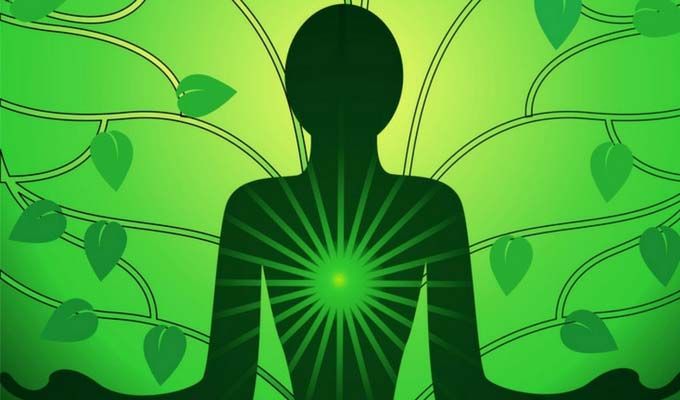
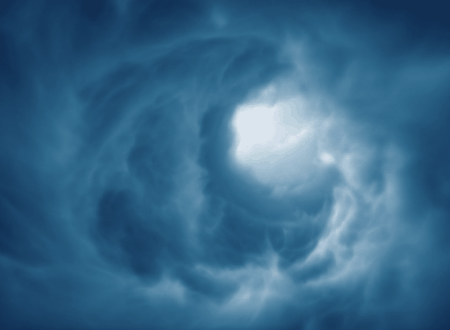



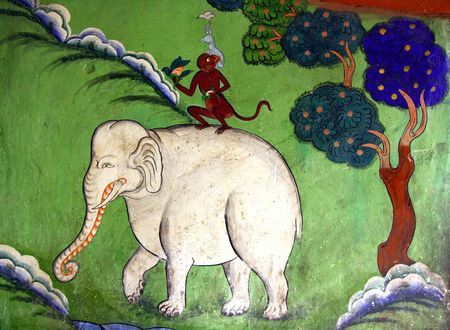


Comments & Discussion
4 COMMENTS
Please login to read members' comments and participate in the discussion.